Pakistan’s ranking in terrorism
There are ‘ancillary organisations’ in Pakistan that resonate to the message of al Qaeda.
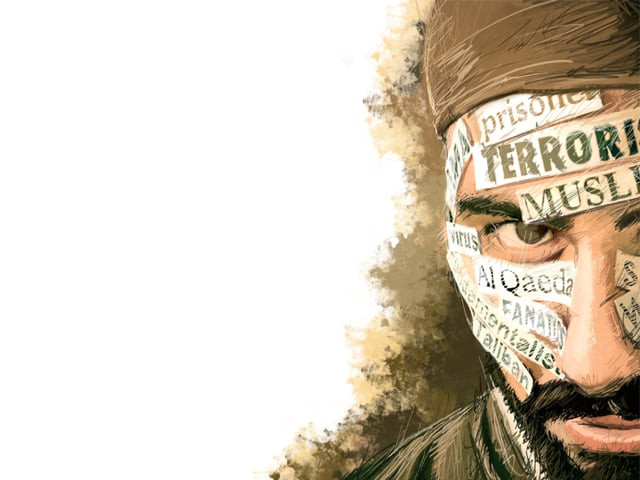
Pakistan’s ranking in terrorism
Somalia experienced 556 terrorist incidents, killing a total of 1,437 people and wounding 3,408 between June 2009 and June 2010. In the same period, Pakistan experienced nearly 1,500 deaths including some attributable to the ‘mafia’ and ethnic wars in Karachi. In Somalia, where al Qaeda is behind the youth organisation Shabab, deaths were caused by ‘foreign’ warriors too, thought to be 4,000 in number including some Pakistanis sent into Somalia after training in Pakistan’s tribal areas.
Somalia may have beaten Pakistan in the ranking because of the virtual non-existence of the state there, but it is less of a trouble to the world — the Somali pirates are a problem but they fall in another category. On the other hand, Pakistan has a state structure with an army capable of taking on any external foe on the basis of its nuclear deterrence. Many in Pakistan would have thought that Afghanistan would beat Pakistan as a ‘high risk’ country. What, however, has to be taken into account is the quality of the presence of terrorist groups and the nurture Pakistan provides to foreign terrorists often killed by CIA drones in the ‘ungoverned spaces’ of Pakistan.
Yemen has been equally tumultuous with a population divided by religion and troubled by financial and physical interventions from Iran and al Qaeda, and complicated further by an ‘Iran versus the Arabs’ situation in the region. Its growing identification with al Qaeda was signalled recently when two Pakistanis — a British national girl who stabbed her local MP and the other American national Faisal Shahzad who planted a bomb in Times Square in New York — were persuaded on the internet by a Yemen-based terrorist to become a part of al Qaeda’s war against the US and its allies. Yet Yemen is not as much the global magnet for terrorists as Pakistan is. Foreign terrorists proliferate in Pakistan. A group of American-Pakistani boys was recently arrested before they could access the al Qaeda stronghold of North Waziristan.
The study has been done for businessmen interested in investments at the global level; therefore the risk is computed with ‘capital sensitivity’ in mind. For Pakistanis, however, the long-term implications of the presence of al Qaeda on its territory are more important. Judged by that yardstick, Pakistan is far more at risk than Somalia and Yemen or even Iraq. Trouble in these two small states is containable in the long run; in Pakistan trouble is sustained over the long-term by the level of development of the state, its economy and its growing religious nature. It is now accepted by scholars that a terrorist organisation like al Qaeda would be less interested in making its home in ‘thin and weak states’ with little financial capacity than in states where money and manpower are available from local sources.
There are ‘ancillary organisations’ in Pakistan that resonate to the message of al Qaeda. Even in cities like Islamabad, where Lal Masjid was attacked by Pakistan army commandos in 2007, the pro-al Qaeda madrassas have mushroomed. During Musharraf’s so-called anti-terrorism drive the capital city saw the setting up of 80 madrassas; it has since gone beyond 100, with most legal and illegal mosques functioning as recruiting grounds for terrorist organisations. (The boys who carried out the Parade Lane massacre in Rawalpindi this year mostly came from Islamabad.) After that, count the vast regions where there is no writ of the state, and the persistence of the ‘non-state actor’ militias which Pakistan refuses to ban, and you have a far more endangered state than either Somalia or Afghanistan.
Published in The Express Tribune, November 20th, 2010.

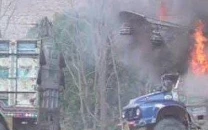

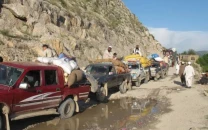
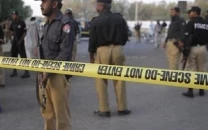

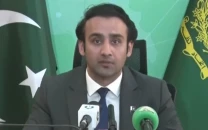












COMMENTS
Comments are moderated and generally will be posted if they are on-topic and not abusive.
For more information, please see our Comments FAQ